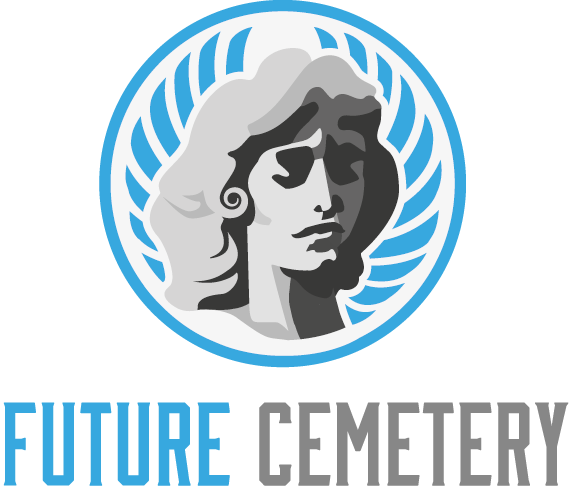
There is a common belief that funeral homes offer more services than mortuaries. However, this is not true. Mortuaries and funeral homes serve the same purpose – they both care for the body and prepare it for burial or cremation.
Funeral homes can also hold services onsite and sell caskets, urns, and other products. Many have chapels and rooms to host services, as well as display areas where families can select products.
A morgue is a place where bodies are stored after death
When a person dies, they are brought to the morgue, which is a refrigerated room for storing bodies. The body is often kept in the morgue for a few hours or days while relatives identify it. Depending on the circumstances, it may be necessary to keep the remains in the morgue longer.
After the body has been examined, the next of kin is notified and it can be released. The funeral home then prepares the remains for burial or cremation, according to the wishes of the deceased.
Funeral homes can sometimes be confused with mortuaries, but the two serve different functions. A mortuary is typically associated with a hospital, medical examiner’s office or coroner’s office and is specifically designed to store and identify unidentified bodies.
A mortuary is usually large and has several different rooms. It also has a refrigeration system that can be used to slow the decomposition process. It is staffed by professionals including medical examiners, forensic pathologists and morgue technicians. Some mortuaries have embalming rooms, which can be used to disinfect and preserve the body before it is buried or cremated. These rooms are usually located adjacent to the morgue. The embalming process is usually performed by a funeral director. The funeral director will also dress the body and apply cosmetics to make it appear more life-like.
A mortuary is a place where bodies are prepared for burial or cremation
A mortuary is a place where the body of a deceased person is prepared for burial or cremation. It is an important part of the funeral process and should be carefully handled by trained professionals. When a body arrives at a mortuary, it is kept in a refrigerator until the family or next of kin makes arrangements for a funeral or memorial service. This is called refrigeration embalming and helps slow the decomposition of the body. It also prevents body odor and reduces the risk of infection.
During this time, the family can meet with a funeral home or cremation provider to discuss the service plans, which may include a wake or viewing. In some cases, the family will decide to have the body embalmed before cremation. This is usually done to allow family members or friends to pay their last respects. The funeral home will then transport the body to the crematory for preparation.
Many people believe that a mortuary is a simple, bare-bones facility where the dead are handled with little regard for religion, culture, or tradition. However, this is not true. In fact, the owners of Myers Mortuary in Florida and Hart’s mortuary in Georgia both cite their firms’ history as their reason for choosing to call themselves a mortuary rather than a funeral home or crematory.
A mortuary is a place where bodies are disposed of
Although a mortuary can be affiliated with a funeral home, the services it offers are different. They are more focused on the mortuary sciences of care and preparation of the body. They also don’t usually offer the same level of customer interaction as a funeral home. For example, they may only allow a brief viewing for immediate family members and cremation without full-scale memorialization services.
Several methods of disposing of bodies have been practiced over the years, and they vary by culture. These include burial, which involves digging a hole or trench and filling it with the body, usually followed by a funeral service; cremation, which is a quicker method of disposal; and embalming, which can preserve the body for a long time. Other methods of disposal include ship burial, which involves dropping the corpse into the ocean and tying it to a weight so that it sinks; dissolution, which involves breaking down the body by immersion in acid or lye; and cryonics, which is an experimental technology that aims to revive the dead indefinitely.
Some people sanitize and store the bodies of their loved ones in order to prevent the odor of decomposition, provide relatives with closure, or avoid possible legal consequences of a death. In such cases, a mortuary is often used.
